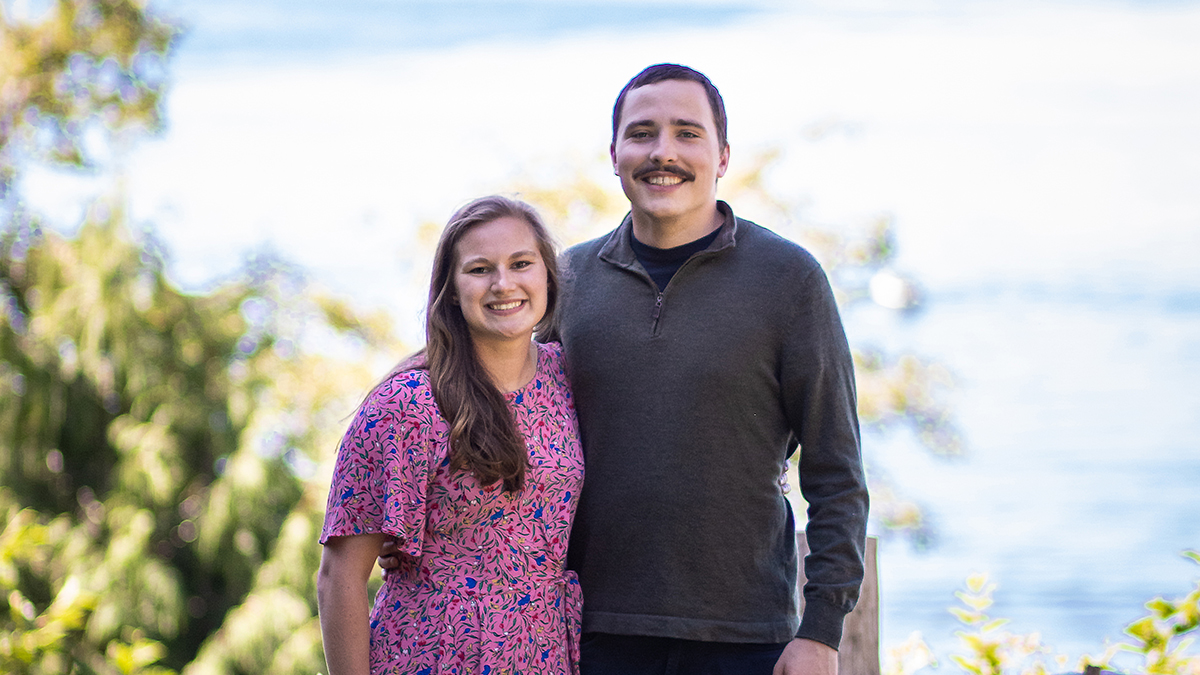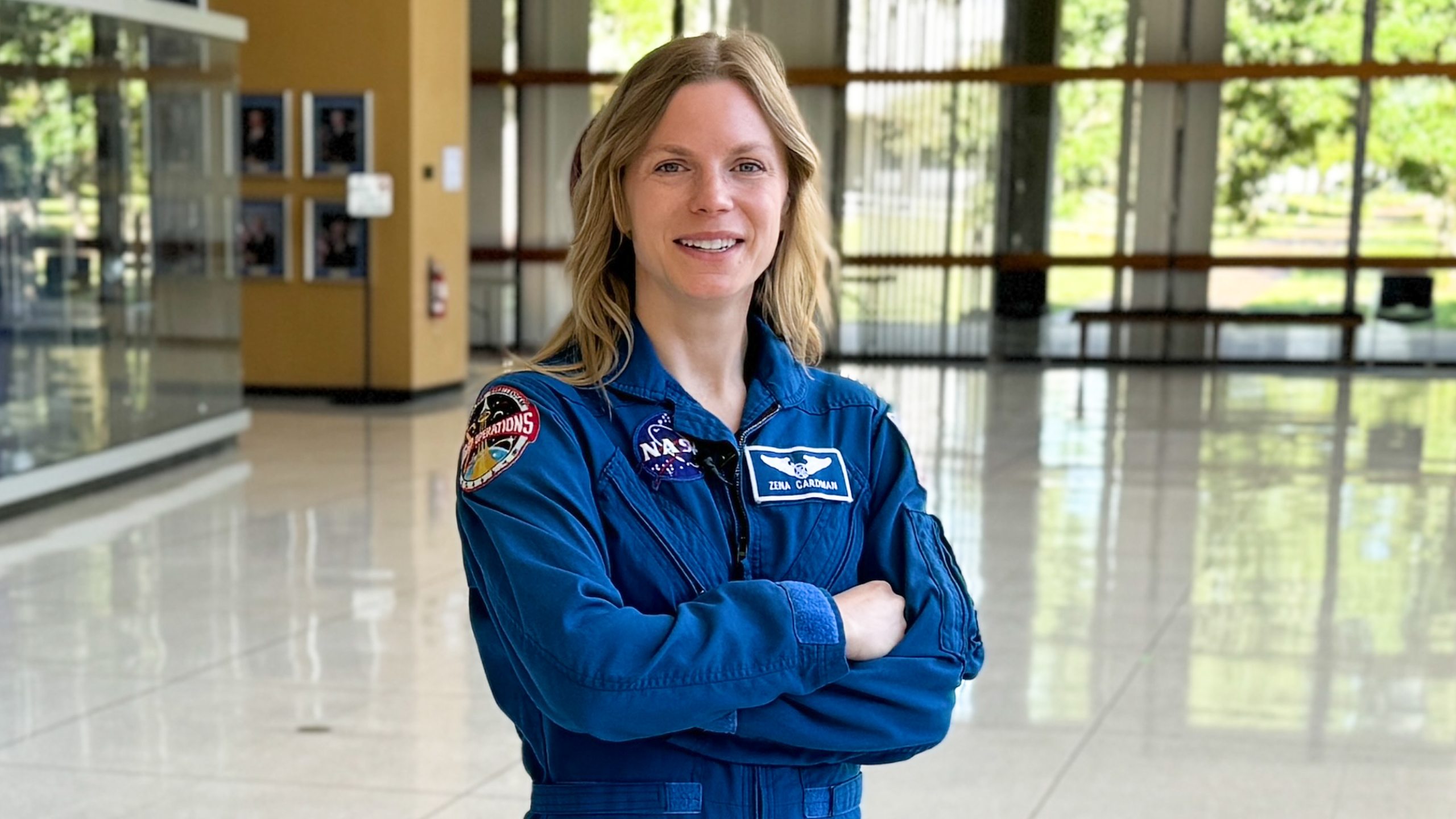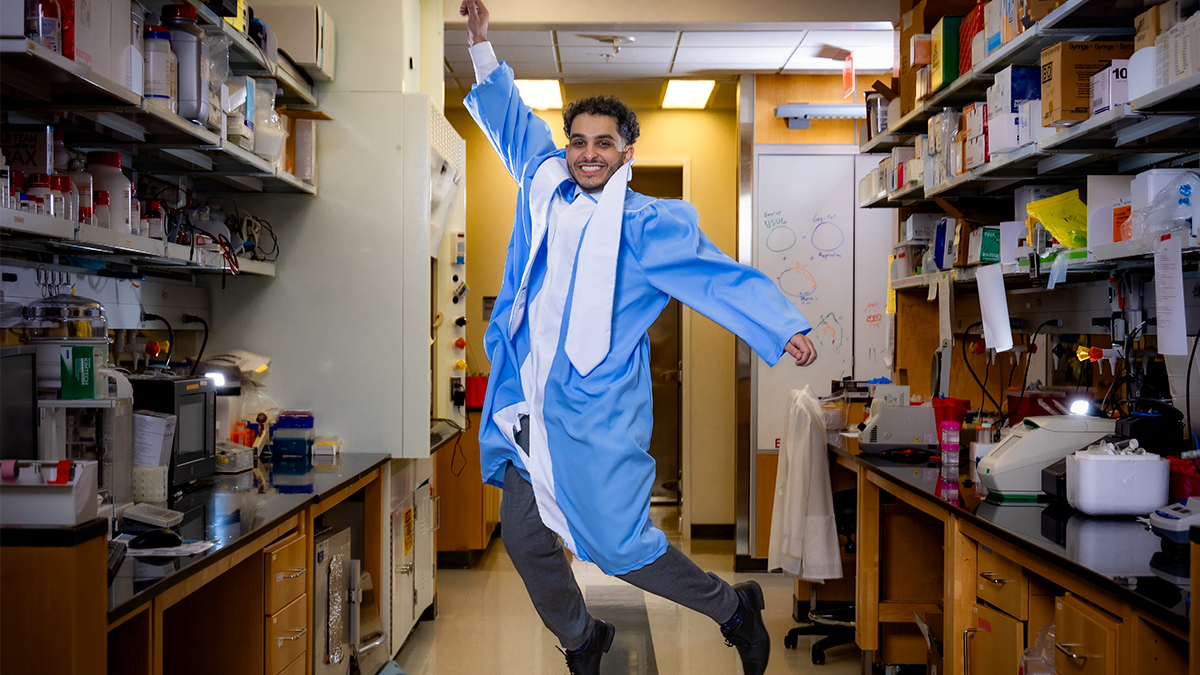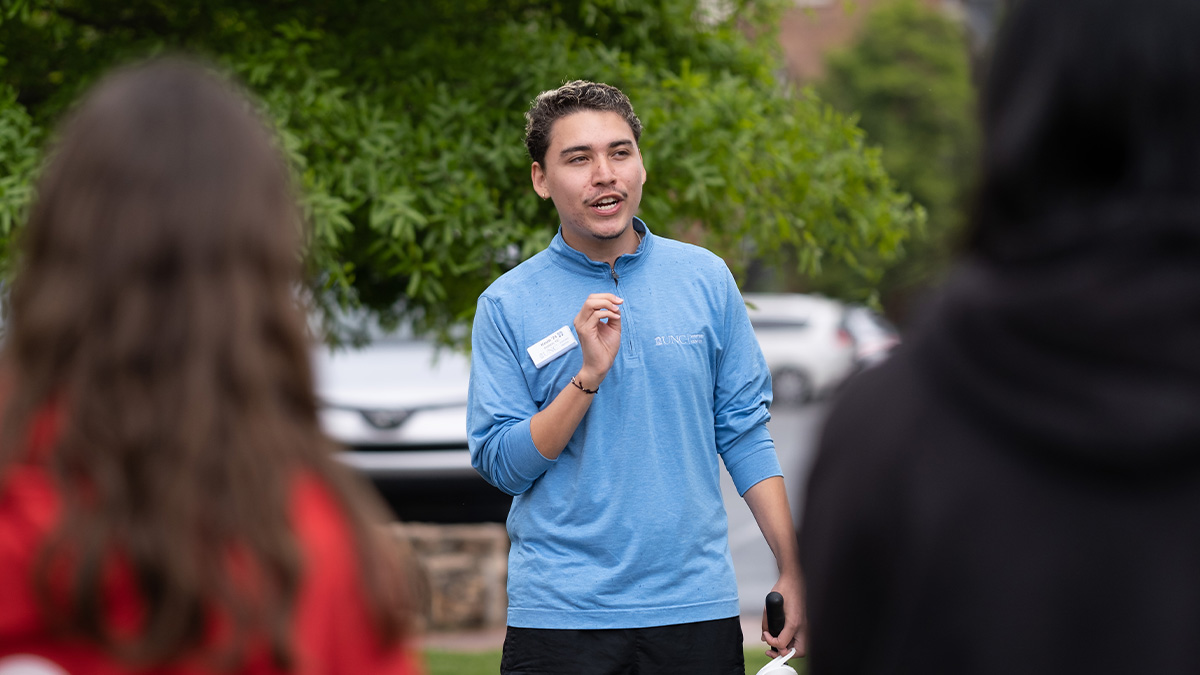2023 Distinguished Teaching Awards for Post-Baccalaureate Instruction
Real-world examples and a consideration for the individual experience help these instructors stay connected to students in meaningful ways.

This award was first given by the University in 1995 to recognize the important role of post-baccalaureate teaching. Each of the four winners receives a one-time stipend of $5,000 and a framed citation.
Wendy Clark
Adams School of Dentistry
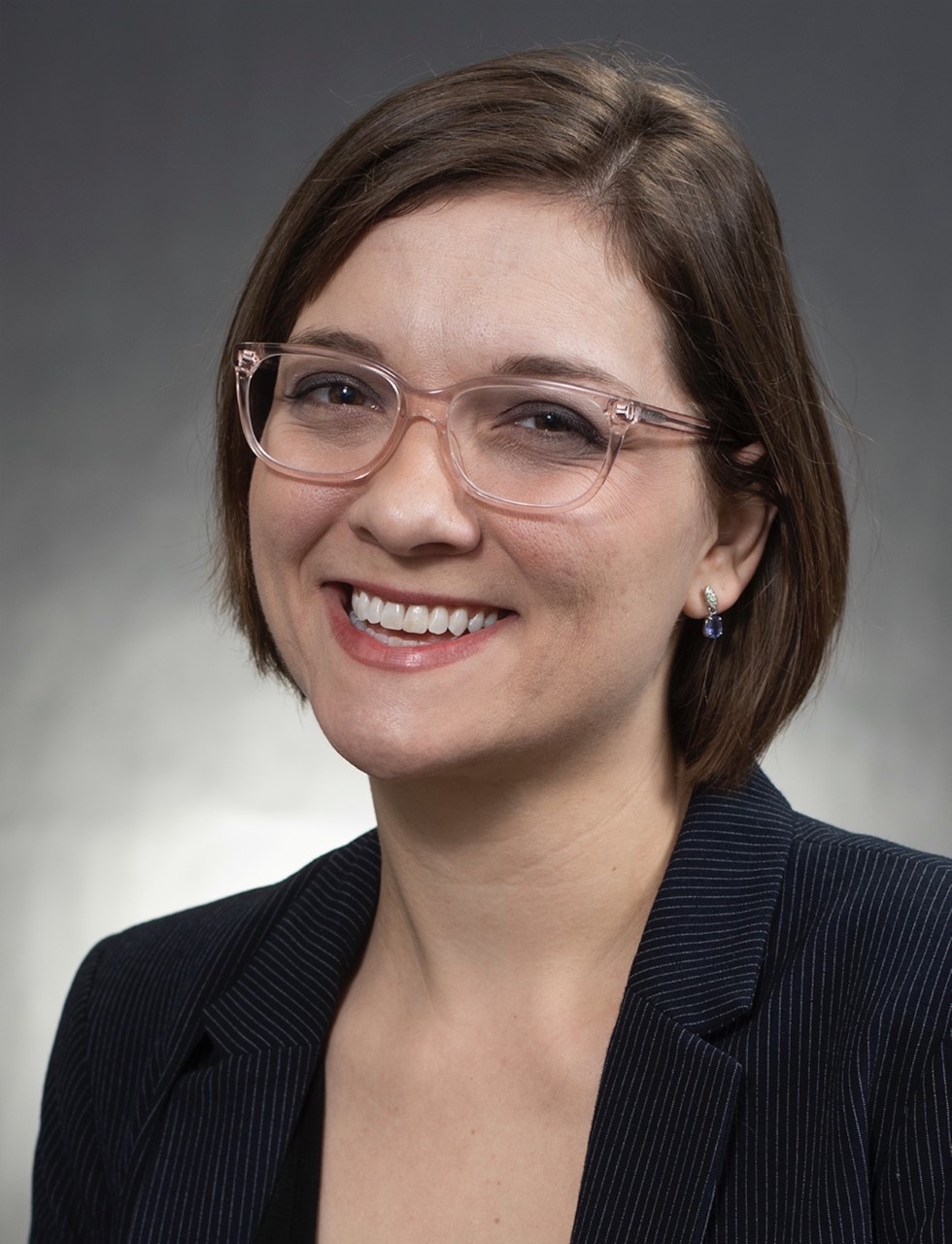
Wendy Clark
Who was the best teacher you had and why?
My post-graduate professor, Dr. Dan Givan, is the best teacher I’ve ever had. He consistently demonstrated the value of lifelong learning, encouraged innovation and outside-the-box thinking and listened compassionately. He was the first educator I ever remember openly discussing his failures or struggles. His vulnerability and kindness gave me the confidence to accept and challenge my own weaknesses and strengths so that I could become a better clinician and educator. He has achieved so much in his career but remains kind and true to himself. He continues to inspire me — and teach me — over 10 years later.
What does it take to be a good instructor in 2023?
Having a growth mindset, for yourself and your students.
Tell us a story about something creative you’ve done to engage your students.
It’s easy to focus on the minutiae in dental school — we are dealing with millimeters. I try to encourage my students to engage a different side of their brains and remember the big picture. In one of my class projects, they design and 3D print items, and “market” them with a TikTok type video. I had another assignment where they watch movies that depict dentists or dentistry in different ways, and they reflect on the messaging. Possibly my favorite example, though: I refer to them as Dr. and their last name. It seems to remove barriers to allow more effective communication and helps instill pride and confidence in the valuable work they are doing.
Susan Coppola
Department of health sciences, School of Medicine
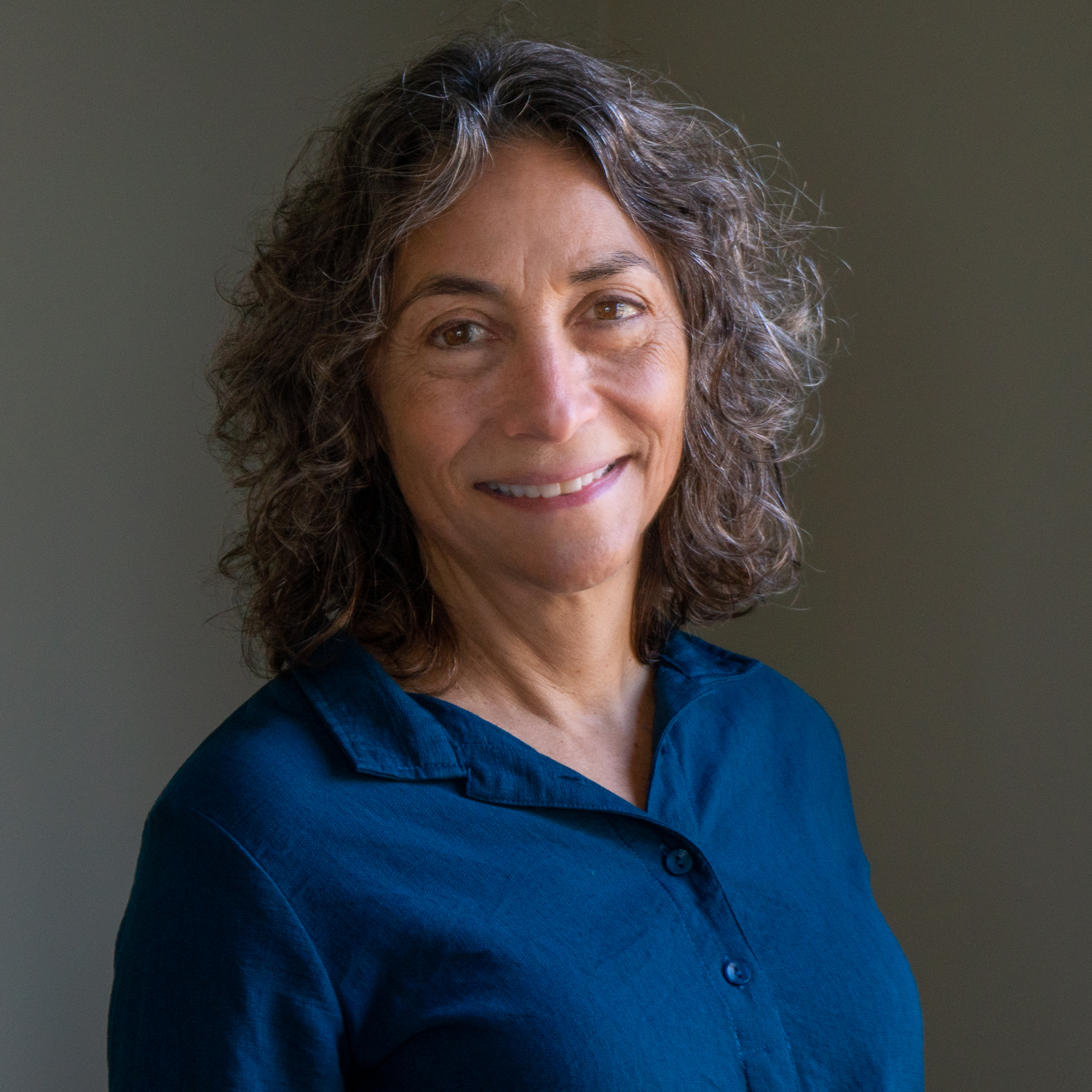
Susan Coppola
Who was the best teacher you had and why?
Cathy Nielson stands out for teaching me how to approach problems, break them down and systematically solve them. I recall a class session about budgeting and accounting decades ago. She sequenced the steps: instruction, discourse, working through crafted scenarios and reflecting on learning. We students were programmed to succeed and, as important, confidently approach problems in an arena very different from our occupational therapy degree program. Why was this basic content so memorable? Years later when I became director of a clinical department, I remembered the feeling of competence from her class. I pulled out my notebook (yes, on paper) and called Cathy for more advice. I continue to reflect on the ingredients of her teaching: thinking developmentally and creating affirming learning experiences. Cathy received this same Carolina Teaching Award in 2000.
What does it take to be a good instructor in 2023?
I think being a good instructor calls upon various forms of love. Loving what you teach means seeing how learning will help students be liberated and educated to do important work in the world. Students are not just absorbing content, they pay attention to how teachers feel about it and why it matters to our values and aspirations for good. Loving students seems odd, right? Loving them means seeing students as whole human beings and recognizing the privilege and responsibility to craft learning experiences that will live fruitfully in their futures.
Tell us a story about something creative you’ve done to engage your students.
I developed a course about perspectives on aging that integrates physical sciences, social sciences and humanities for a more holistic understanding of aging. The course begins “with the end in mind.” Students write their own obituary, a story of their life, as they imagine themselves at age 90. The activity explores fears and hopes as legitimate content for learning to practice with older adults. A session on vision incorporates study of eye pathologies, a visit to the Ackland Art Museum with older adults and the experience of trying to take a home COVID test while wearing goggles that simulate vision impairments. Learning about Parkinson’s Disease incorporates dance and dancers. Frailty is approached through metaphor.
A case-assignment, based upon an older person from fieldwork, integrates research on medical conditions, analysis of function and a creative essay from the point of view of the person, explaining what they are going through. Students then select a work of art or poetry that conveys something about the person that cannot easily be put into words. It is in the explanation of the poem or artwork that students often show a transformation in their understanding of the older person, which deepens their ability to create meaningful interventions for the person. Students’ interpretations cut through boundaries of age, culture, race and situations and often land in discovery of beauty. Humanities-based learning seems to galvanize their commitment to humanistic practice. I am thankful for the unnamed colleagues across Carolina that fuel creative thinking in my students and me.
Jo Ellen Rodgers
Eshelman School of Pharmacy
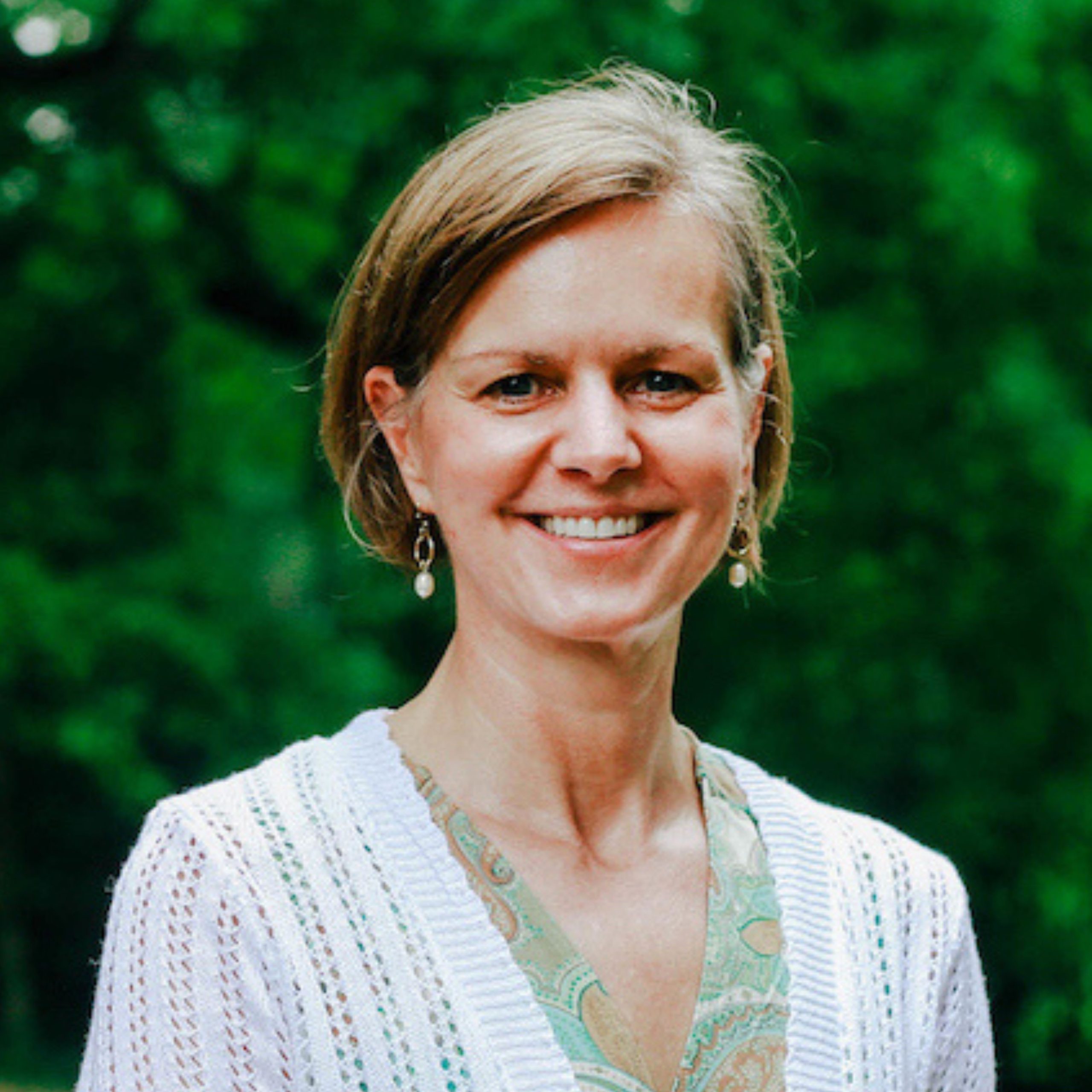
Jo Ellen Rodgers
Who was the best teacher you had and why?
Having benefited from numerous influential teachers both during my training and across my academic career, I feel compelled to acknowledge the two individuals who initially inspired me to consider a career in teaching. During my first semester at UNC Eshelman School of Pharmacy, June McDermott and Steve Caiola sashayed into our classroom as a dynamic duo to share on their careers in academia. They were both profusely enthusiastic about the joy and fulfillment of teaching and their energy was contagious. The spark was ignited that day and I am very grateful to have had them both as role models. These individuals performed under the philosophy that all aspects of a career in academic medicine should and could be gratifying, be it patient care, teaching or research, and many benefited from their example.
What does it take to be a good instructor in 2023?
I consider humility and willingness to be a lifelong learner the greatest asset to any teacher. And while I have learned from numerous teachers and mentors, the “teachers” who have immeasurably impacted my teaching, clinical practice and research include the many trainees, patients and other health care providers with whom I have been fortunate to work. Continually, I learn new perspectives, tidbits and pearls, be it in the classroom or the clinic. By far, my favorite place to teach is in the practice setting, where I have observed pharmacy students learning through their interactions with patients and other health care providers. It is in this setting where I have learned the most.
Tell us a story about something creative you’ve done to engage your students.
To match the rapid evolution of health care, I have maintained an active clinical practice allowing me to bring contemporary, real-word scenarios into the classroom. I am so appreciative to have partnered with and practiced at UNC Health. With that said, a most impactful learning experience arose from an invitation extended to a dear friend to share their personal story with pharmacy students. Having undergone a gender transition a few years ago, they chronicled noteworthy interactions with the health care system. All in attendance benefited immensely from the accounts of an individual from the transgender community, and we were all grateful for their openness and willingness to share such intimate details from their personal experiences.
Matthew G. Springer
School of Education
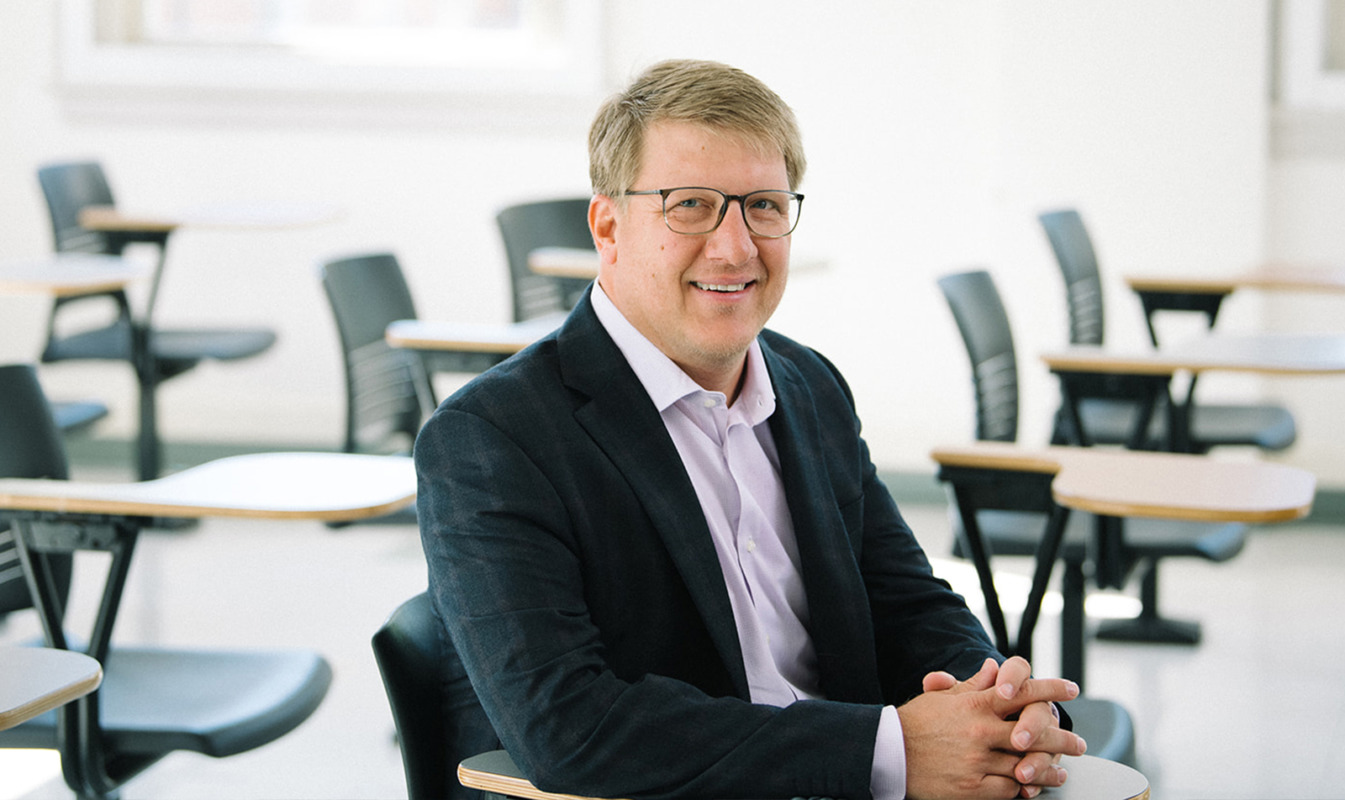
Matthew Springer
Who was the best teacher you had and why?
I’m grateful for all the teachers and mentors who have helped shape me from preschool to the present. While I would like to acknowledge many, one stands out — Dale Ballou. Dale was one of my primary mentors in graduate school. He was deeply invested in my understanding of causal inference and bringing cutting-edge strategies to answer pressing public policy problems. Whether I had a programming, interpretation or mathematical problem (or the occasional “duh” question), Dale would, without hesitation, put aside his pile of work and focus on whatever I brought his way, even if it took all day to solve.
What does it take to be a good instructor in 2023?
Whether in a classroom, research setting, team meeting, public presentation or campus walk-and-talk, I find the best ideas are born when there is freedom of inquiry. Creating conditions where students and faculty feel supported to ask critical questions, interrogate data and express ideas is vital. The more effectively we can create these conditions at Carolina, the better professors can pursue intellectual discovery while training the next generation of scholars.
Tell us a story about something creative you’ve done to engage your students.
It’s not my story; it’s theirs, and that is what makes it powerful. One of my favorite assignments I integrate into graduate-level classes is the Why Am I Here? exercise. It is a short, free-form presentation highlighting each student’s unique journey to my classroom. Why Am I Here? presentations are a powerful experience for everyone involved. The presentations have helped create spaces that honor student individuality, unveil each person to the class and develop a sense of belonging in higher education and beyond.
